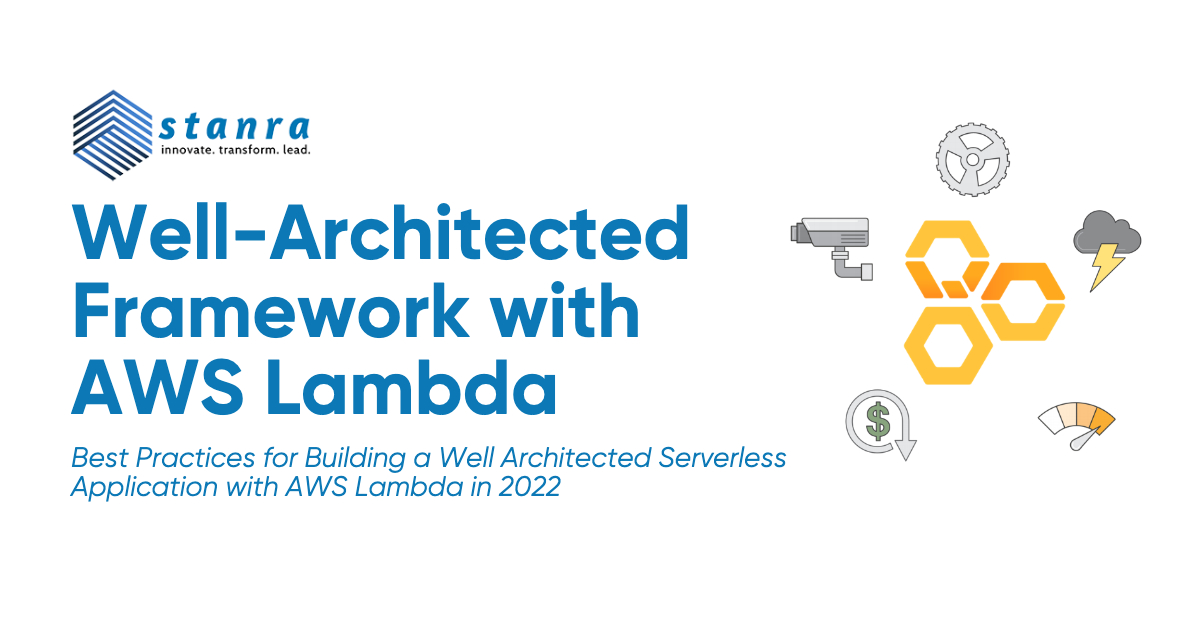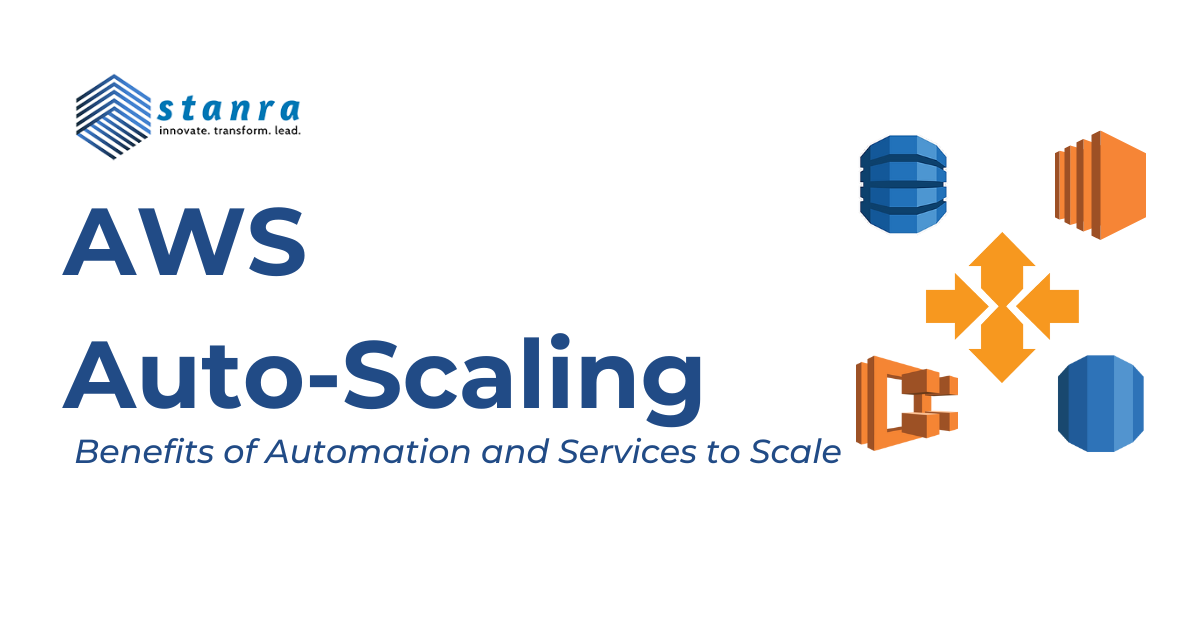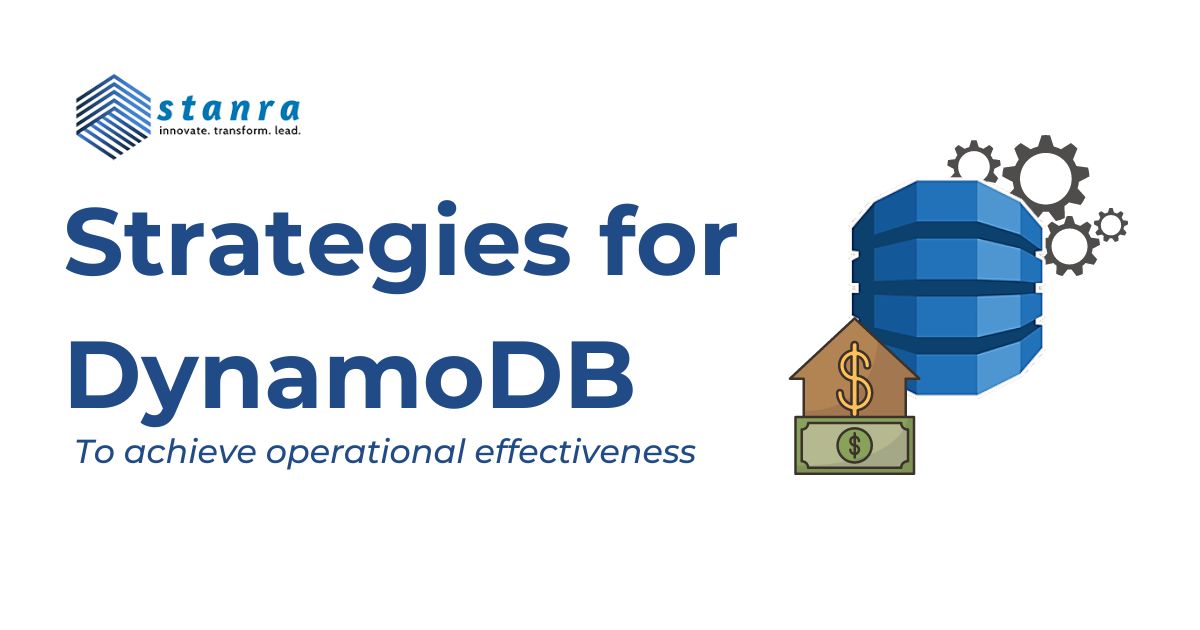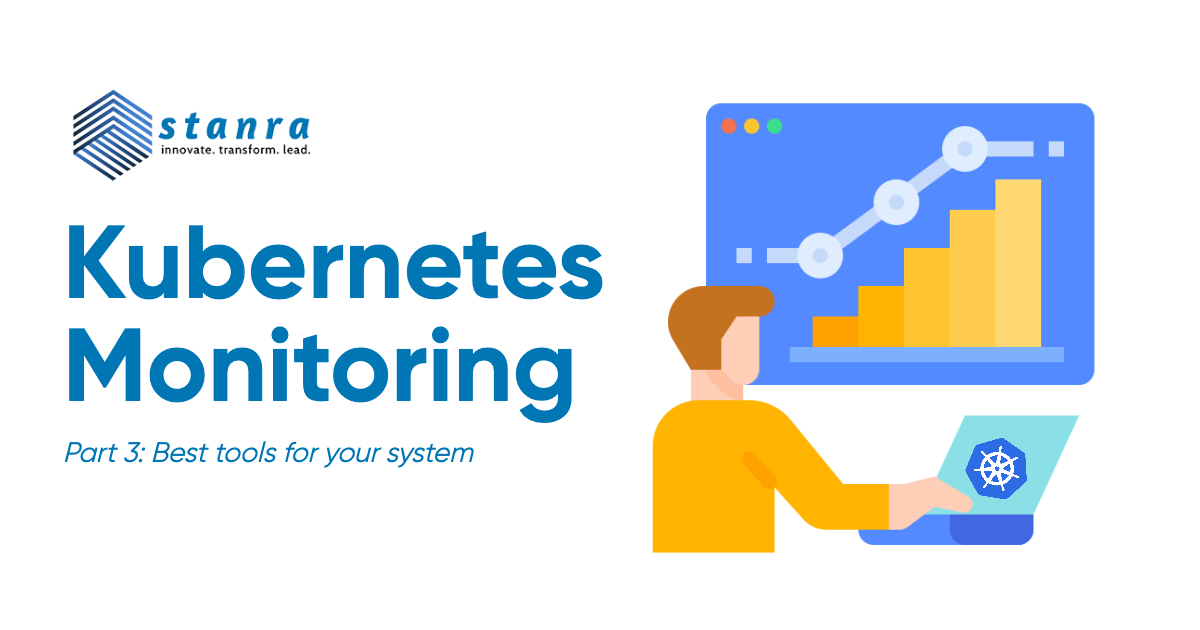Enterprises today have a growing need to upgrade their apps and services to deliver digital experiences to millions of their customers. This calls for rethinking your strategy to boost agility and lowering total operational costs. Serverless architecture fulfills such visions and service providers are constantly updating their methods and implementing better technology to help businesses grow. If a new development project based on serverless is starting out, you need to know the latest best practices in order to build a secure, high-performing, and efficient architecture. Today we will be going through some best practices of a well-architected framework that comes under six broad categories.
Achieving Operational Excellence
One of the highest returns any business would experience is the operation excellence derived as a result of the right investments and endeavors over a long period of time. The same is the case for a well-built serverless application that continues to deliver and reduce hassles. But how do we compare the success achieved from changes or migrations? The best way is to understand the right metrics that will help you analyze your current progress on a path to higher operational excellence.
- Understand and use Key Performance Metrics
Identify KPIs related to business, customer, and operations outcomes that will give you a broad picture of your application’s performance. Evaluate its performance in relation to your business success which will help you emphasize the overall effectiveness of how users are utilizing your app. Create KPIs related to your field that can quickly merge inputs and outputs and show a clear picture. Monitoring these KPIs over time will help you understand the operational stability.
- Setting up alerts and understanding AWS service behaviors
AWS provides metrics out of the box and understanding them would help you straight away to assist in tracking the performance of your application. If you feel that AWS-generated metrics are not enough, create your own. Looking after the resource utilization, duration, error count, success rate, and number of invocations can be some powerful metrics, and setting up alerts can help your team fix any issues before they cause any major problems.
Enhancing Performance
- Reduce cold starts
Around a quarter of AWS Lambda requests are cold starts but they have a significant impact on your application performance. You can reduce cold starts by considering a variety of factors and every enterprise should work on it to maximize their performance. We have a detailed article regarding cold starts and how to reduce them, so please make sure to check it out.
Cost Optimization
- Minimize external calls and function code initialization
As your functions get bigger and their dependency on external libraries increases, it will start to take more time to run it. It is crucial to minimize eternal calls and remove dependencies wherever possible. It would be beneficial to pre-load all the required libraries and prevent long wait times while running complicated functions.
- Review code initialization
AWS Lambda is billed based on the number of requests made and the amount of time spent. So, improving the overall execution time by reviewing the code and its dependency and reducing some costs. Amazon CloudWatch Logs contain the time it takes for AWS Lambda to initialize application code so that can be one way of understanding your functions.
Security
Serverless applications are always connected to networks and communications are being established constantly. This makes them vulnerable to damage if all the pipelines are not secure. So, organizations can address these difficulties and secure their serverless applications from such possible threats.
- Make use of VPCs
Virtual Private Clouds are really powerful tools for safeguarding your serverless application and you can deploy your resources within them. It has several features that will significantly increase security such as configuring virtual firewalls with security groups for traffic control to and from relational databases and EC2 instances. VPCs can also be used to manage the various exploitable entry points and loops in your network that can expose your serverless application.
- Use IAM roles to limit privileges
IAM is a universal safeguard mechanism that you can use to limit privileges throughout AWS. By assigning different roles to different people, you limit their access to services and resources, making sure that no one can damage Lambda functions outside of their roles.
Reliability
- Build highly available systems
When a server depends on another, the chances of failure are high. Even though a system might not completely fail, partial failures can be enough to cause significant damage. So, applications have to be designed to handle such complete or partial failures and should have the ability to detect faults and initiate reparations to correct them. AWS Services are built for reliability, failure to run a lambda function in one zone due to high traffic automatically transfers the request to another available zone. When building serverless applications, constant monitoring and strategic planning is a must to attain high reliability.
- Prevent throttling
A large-scale serverless application can receive a significant number of API calls every second which can put excessive pressure on your architecture and could degrade it. Throttling can be used to prevent APIs from receiving an excessive number of requests. Amazon API Gateway throttles call to your API if the number of requests in a time frame goes over a predefined limit. Known as the token bucket algorithm, where a token a taken out of the bucket with each API request, can be an effective way to keep a steady-state rate and prevent any burst of requests submitted.
Sustainability
AWS Customers can reduce their associated energy usage by nearly 80% when compared to typical on-premises deployment. This becomes the sixth criterion of a well-architected serverless framework that talks about evaluating the design, architecture, and implementation to maintain low energy consumption and improve efficiency. It really is all about matching the supply as closely to the demand. AWS emphasizes and allows users to right-size each workload to maximize energy efficiency and recommends setting long-term goals for each one of them. Maximizing the ROI and designing an architecture to reduce impact per unit of work becomes one of the ways of achieving a highly sustainable business model. AWS also recommends a continuous evaluation of your hardware and choice of resources, proving flexibility at all steps to benefit your business at the least possible environmental cost.







Leave A Comment